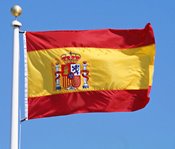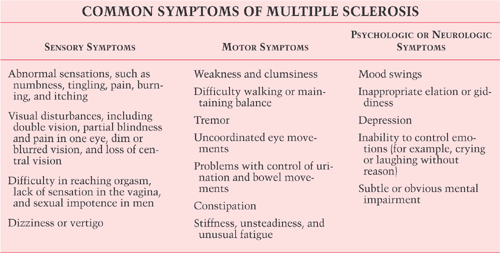
An interesting report yesterday on stem cells obtained from fat tissue for breast reconstruction for women who have undergone breast cancer surgery.
20 women who have undergone partial mastectomies for breast cancer are enrolling into a safety trial at Kyushu Central Hospital in Fukuoka, Japan. The research team is led by Dr. Keizo Sugimachi (the president of the hospital) and already 3 women have had a procedure similar to liposuction. The fatty cells are put through a machine known as the "Celution System" developed by Cytori Therapeutics (I suppose they would be sponsoring this trial), where the stem cells are concentrated in an hour, and sent back to the surgeon for injection into the affected breast. It will only be known after 6 months if the patient will know whether the stem cells implanted will be able to replace the lost tissue.
Currently, this is a safety trial and tests the machine manufactured by Cytori, and will indicate the quality and quantity of the cells at output. Cytori will then probably submit the results for their CE European approvals and the FDA approvals for subsequent marketing in the US.
I met a scientist from Cytori Therapeutics at a stem cell conference I attended last year in Pittsburgh, he shared with me that this machine has been years in the making with much money invested to optimize it for on-site use. You might like to know that Cytori used to be known as StemSource, a company founded by a well-known plastic surgeon based on the west coast of the US.
I wonder how much fat one has to be able to contribute, what volume the cells will be returned in and how they can be implanted, the answer may vary largely from patient to patient. The selection is probably currently limited to only those who have lost small amounts of tissue (but is very unsightly) and where the stem cells will be able to stimulate tissue regeneration within an already defined site. Women who have had whole mastectomies might not be suitable candidates, unless a scaffold accompanies the stem cells to provide the right shape.
Breast mastectomies can be very traumatic, I had the opportunity to meet a breast cancer patient when I did an internship at a hospital in London (many, many years ago before StemLife) and she was kind enough to share with me her experience and show me her double mastectomy scars. It reminded me of scars from heart bypass surgery, the scar running like an uneven zip starting near her collarbone and ending at her stomach, held by steel staples. It was deforming, uncomfortably tight at times and required her to wear turtlenecks and jackets to conceal her chest (or rather the lack of it).
More than the physical discomfort or appearance, it was the psychological trauma of making the decision to have to lose both breasts. Breasts aren't like hands or feet but I do believe that feel, function and form are important to humans and the feeling of "completeness" and reflection of health to others.
Surgical techniques have improved since then of course, but nonetheless if stem cells can help rebuild tissue, heal scars and surgical wounds, the return of normal appearance may help the patient to forget the trauma of disease and get back into exercising (swimming, running etc.) and confidently move on with their lives.
Attention Kylie Minogue fans, she has announced that she's had her breast surgery and chemotherapy and ready to get back on stage to perform.
As for Malaysian, Thai, Indonesian and Singaporean readers looking for a gravity-defying Dolly Parton asset or an Angelina Jolie pout, well... that I'll save for another blog entry. :)
Read a discussion on this topic at another blog here.













